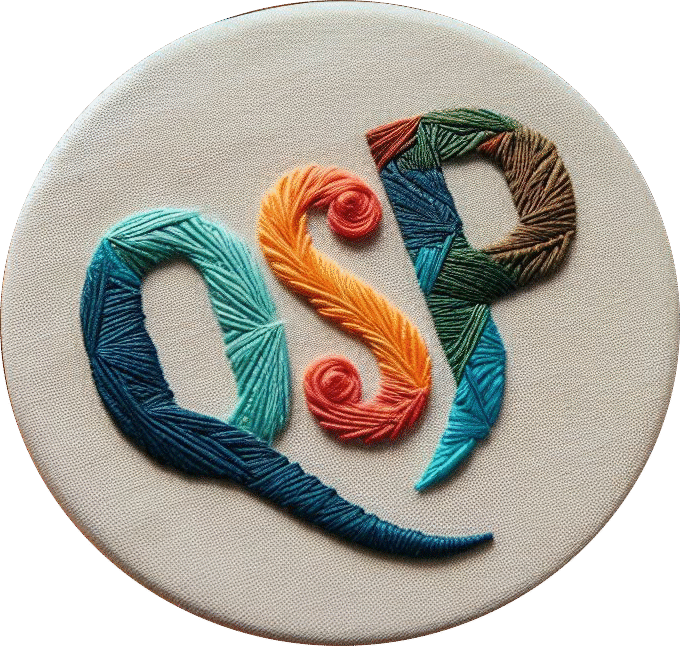In an industry where innovation and speed set the pace, the textile sector rarely stops to reflect on a fundamental question: Can a fabric expire? Although fabrics don’t come with an expiry date like food products, their lifespan is far from infinite. Fibres age, finishes lose effectiveness, and over time, even well-stored fabrics can deteriorate to the point where they no longer meet their intended purpose.
Talking about the expiry of textile is not about a fixed date, but rather a gradual and silent process 🕒 where materials lose their technical, aesthetic, or functional properties. For industry professionals, understanding the useful life of textile fabrics is essential to ensure quality, avoid claims, and maintain brand trust.
From the moment of manufacture, fabrics begin to degrade. This process is accelerated if storage conditions are not ideal. Exposure to light—especially UV rays ☀️—weakens fibres, fades colours, and causes elasticity loss. Heat and humidity promote mould and bacterial growth, especially in natural fibres such as cotton or wool.
Even under perfect warehouse conditions, time still takes its toll. Technical finishes—such as water repellents or flame retardants—can lose effectiveness, even if the fabric has never been used. The degradation of fabrics over time is often invisible, but the impact is real.
The type of fibre also plays a crucial role. Natural fibres tend to degrade biologically, while synthetics like polyester may yellow or harden. Either way, performance declines. Knowing how long a fabric lasts in storage can prevent costly mistakes.
In technical sectors like workwear 👷♂️ or PPE, aged fabric can be a serious risk. Using materials with expired coatings or certifications may breach regulations or compromise user safety. Certifications such as OEKO-TEX® or GRS often expire after one year 📄. If these are overlooked, entire batches could fail audits.
At QSP Textile, we take fabric quality seriously. That’s why we follow a FIFO (First In, First Out) policy to avoid ageing stock, monitor warehouse conditions 🔍, and run regular audits. We also track certification dates to ensure everything we ship is compliant and current.
But fabric that reaches the end of its useful life isn’t necessarily waste. It can be used for prototyping, internal testing, or even be recycled ♻️. This approach reduces waste and supports sustainable practices in line with circular economy goals.
In conclusion, while fabric doesn’t come with a printed expiry date, time still matters. Understanding the ticking clock behind textile ageing helps avoid risks and maintain quality. At QSP Textile, we manage every roll with precision—because great fabrics deserve to be used at their best.


Deja una respuesta